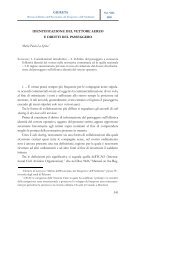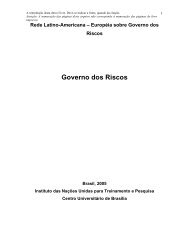YEARS OF EUROPEAN ONLINE ANNÉES DE EN LIGNE ...
YEARS OF EUROPEAN ONLINE ANNÉES DE EN LIGNE ...
YEARS OF EUROPEAN ONLINE ANNÉES DE EN LIGNE ...
You also want an ePaper? Increase the reach of your titles
YUMPU automatically turns print PDFs into web optimized ePapers that Google loves.
WORKSHOP<br />
which describe general components of an act, but do not belong to the metadata<br />
elements.<br />
On the XmL level, the grammar was built on the basis of w3C XmL<br />
Schema technology. for each of the identiied elements an XmL model was<br />
deined. A supplementary container was created to keep the metadata information<br />
together and to add cardinality to the elements. In the end, most of the<br />
elements turned out to be optional, either because the information is not available<br />
in all documents or because it is not used in some countries.<br />
As already mentioned in the introduction, some countries have not yet<br />
taken the decision to migrate their XmL-based systems to schemas; they maintain<br />
a DtD-oriented approach. this is why the schema is accompanied by a<br />
corresponding DtD. It has to be kept in mind that the DtD was derived from<br />
the schema and cannot cover all the features offered by a schema grammar.<br />
for the implementation of the schema three methods were presented:<br />
• copying the contents of the metadata schema into the local schema,<br />
• including the metadata schema by means of the xs:include element,<br />
• deining a namespace and calling the metadata schema by means of the<br />
namespace location address (xs:import element).<br />
the irst approach requires a lot of management in case the metadata schema<br />
evolves. So it was no longer followed. whether the metadata schema<br />
should be included or imported depends on the organisation of the local schema.<br />
therefore it was decided to maintain both solutions. As it is not possible<br />
to refer to the same schema for inclusion and import, a container schema was<br />
created which in fact includes the original schema. the namespace reference in<br />
the local schema has to be linked to this container. for the use of the schema<br />
within these instances this method remains transparent.<br />
According to the XmL standard, the decision to use a DtD is a decision<br />
against namespaces, as they are not supported within a DtD. So the metadata<br />
DtD can only be included by means of a public or system reference call.<br />
the import or inclusion of a schema or a DtD is only executed when the<br />
grammar is opened by a coherent tool, for example a parser. A conditio sine qua<br />
non for this approach is the online availability of the metadata schema and<br />
DtD. therefore both grammars will be accessible at the same address as the<br />
formex schema which is used for the documents published in the Official Journal<br />
of the European Union.<br />
In order to demonstrate how useful the common metadata vocabulary can<br />
be, a prototype will be developed. Documents from different countries on the<br />
same contents domain will be searched and presented to the user. he or she<br />
88 | 89<br />
01_2007_5222_txt_ML.indd 89 6-12-2007 15:13:48



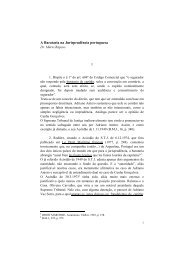
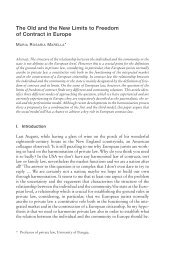

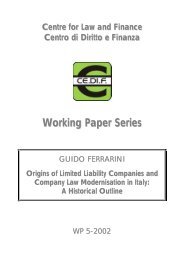
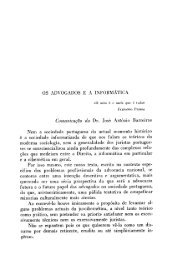
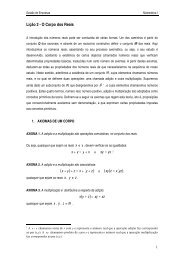
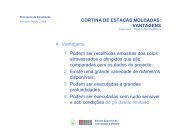
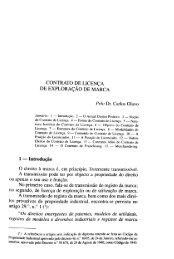
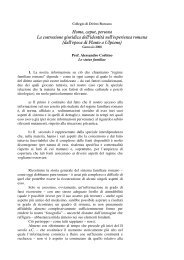
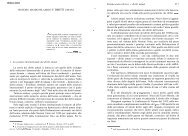

![Luigi Sapio Nozione di islām La parola “islām” [ ] è il mas.dar1 ...](https://img.yumpu.com/15836073/1/185x260/luigi-sapio-nozione-di-islam-la-parola-islam-e-il-masdar1-.jpg?quality=85)
